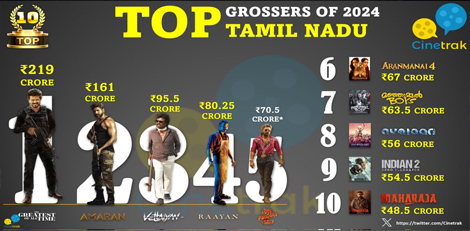Leather Industry welcomes GST but wants rate reduction and IGST exemption
Posted on: 27/Sep/2017 10:07:50 AM

The Leather Industry wholeheartedly welcomes GST and appreciates the efforts of the Government in implementing uniform taxation. However, the leather industry is facing the following major issues after GST implementation.
The industry is facing financial burden and significant outflow of capital on account of levy of higher GST rates on major segments of the manufacturing chain and requirement of upfront payment of GST and then claim refund.
The full rate of Duty Drawback is available only for three months from July 2017 to September 2017, after which the DBK is restricted only to Customs portion of duties.
The Govt. has extended deadline for filing of GSTR 3 (monthly returns) for July 2017 upto 10th Nov. 2017. As of now, no GST refund has been obtained and extension of deadline for GST returns will further delay the refunds, though the GST law provides for immediate refund of IGST upon submission of monthly return in respect of IGST paid/rebate route for exports and for 90% refund within 7 working days from date of submission of complete refund application in respect of zero rated exports through bond/LUT route.
Upfront payment of GST and delayed refunds not only increases the transaction costs of the exporters, but also threatens to wipe out the small and medium exporters (who constitute more than 80% of units in leather sector) who do not have the resources for generating significant money for GST payment.
Hence, in order to achieve positive growth in exports, the industry needs handholding from the Government and consideration of the following major requests concerning GST.
GST requests
IGST Exemption for import of inputs/raw materials/capital goods used for making export products, as levy of IGST is affecting the liquidity of exporters and blunting their competitive edge.
Reduction of GST for finished leather and composition leather from 12% to 5% as finished leather is the essential raw material required for manufacture of value added products. These materials were not subject to Central Excise and VAT was only 5%.
Reduction of job work for manufacture of leather products and footwear from 18% to 5%, as done for the textiles sector. 18% GST on job work rendering most of job workers/cottage industries jobless
Reduction of GST on CETPs from 18% to 5%. CETPs earlier exempted from Service Tax. 21 CETPs in leather industry are catering to MSME tanners who cannot have individual ETPs
Reduction of GST on leather goods/leather gloves/leather garments under Chapter 42 from 28% to 12%, so as to promote FDIs in this sector.
The leather industry welcomes reduction of GST on sale of duty credit scrips from 12% to 5%.
The Government may positively consider the above requests, as the current situation is threatening to take away the business of Indian leather industry to competitors like Bangladesh, Vietnam and Indonesia. The industry is already facing worldwide recession and fresh challenge in the form of emergence of strong production centres in Eastern Europe. Loss of competitiveness due to GST issues, will be a huge loss to the leather industry which currently has an annual export turn over of USD 5.6 billion and employment of about 4.5 million, with predominant women employment. Hence, there is an urgent need for immediate Government intervention to protect the interests of the leather industry and achieve envisaged 10% export growth.
Duty Drawback
As significant amount of capital of the exporters is already blocked on account of payment of GST, we had requested higher rate of Drawbacks should be allowed till March 2018, to give sufficient transition time to the exporters. However, the full Drawback is now extended only upto Sept. 2017. As GST refund mechanism is not yet ready, the full drawback has to be extended upto March 2018 to reduce the huge capital outflow being currently faced.
Merchandise Exports from India Scheme (MEIS)
Also, there is a need for enhancement of duty credit scrip under Merchandise Exports from India Scheme (MEIS) to 6% for leather, leather products and footwear to increase price competitiveness.
Rebate of State Levies
CLE had requested the Department of Commerce to recommend implementation of Rebate of State Levies (ROSL) scheme for the leather sector, on the lines ROSL Scheme being implemented for the textile sector, so as to compensate state levies not covered under GST. We have already submitted the required cost data to the Drawback directorate.
Implementation of the above requests will decrease the financial burden, reduce capital outflow and will help in achieving positive export growth from the leather industry.







